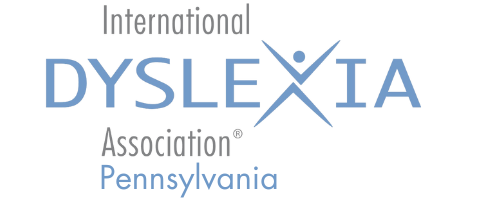
By Paul Shump and Don Shump
For many years the pen was mightier than the sword. It was a time when written communication began and ended with pen to paper. But written communication has evolved since then, going from typewriter to keyboard, and now from voice to file. For many people today, especially those with dyslexia, the technology affords the opportunity to create the written word from your voice. A very important part of this shift is that the primary input device is now the microphone, and the primary feedback device is computer-generated voice. As a result, the headset is now front and center for written communication.
What technology tools do I use ?
People often ask me what technology tools do you use? It primarily depends on the type of document that I am creating and the audience that I’m creating it for. These two factors determine the degree of precision I need in the document that I am creating. At one end of the spectrum is a simple text message to a close friend or family member who is aware of my dyslexia and knows that there will be some spelling or grammar issues with it. The message will be read by a single person and I know who that is. At the other end of the spectrum is something like this article. It is fairly lengthy, and it will have a broad audience who will be either reading it or listening to it using text to speech. In cases like this, the final document needs a high level of refinement, and I often use a collaborating author to provide that. My choice of technology is driven by the audience and type of document and varies, depending on the requirements to produce the document that I need.
In the case of the simplest documents, like text messages, I use Siri on my Apple phone to dictate the message and then have it read back to me. As a result, I know exactly what any of my dyslexic friends who are using text to speech are going to hear. Anyone else who actually reads it will be able to get the meaning even though there may be some misspellings. For this type of quick message, Siri and her cousins like Google Assistant and voice assists on other technology like the technology installed in my car are very effective.
The next level applies to longer messages usually in the form of email. For these I also use Siri either on my iPhone or directly on my laptop. As I do in the creation of text messages, I have Siri read it back as a way of proofreading it. If the email requires a greater level of refinement, as is the case for certain business emails, I will have it proofread by someone to get the right level of spelling correctness and punctuation. My emails also include a caveat on the bottom that I borrowed from a dyslexic friend of mine. Below my name it states, “Please excuse any typos or misspellings….I use Siri to dictate and I think she may be dyslexic.”
The Human Touch—Proofreaders and Collaborators
When it comes to more formal documents like business letters, job applications, and legal documents, it’s very important to understand the options for refining the document to the right level of spelling and grammar accuracy. As we look at technology alternatives, popular word processing tools like Word or Google Docs provide spell check as part of their functionality. There are also a number of software programs out there like Grammarly that provide grammar checks for your document. However, even these tools don’t go far enough for some documents. In these cases, I use a proofreader to review my document and help me polish it to the level that I need. In college my proofreaders were family members like my parents, siblings, or fellow students that I knew had good language skills and were willing to help me out. As an adult, my wife is my primary proofreader, but I continue to consult family members at various times. Sometimes, depending on the type of document, I need help that goes beyond just proofreading. In cases like that, as in the production of this article, I will work with someone who will also help me organize my ideas and structure the document. Writers may need a collaborator as well as a proofreader for formal documents.
When developing longer documents like this article, long business letters, or research papers for school, I usually use tools other than Siri. If it’s going to be a Word document, I use the dictation tool embedded in Word. If it requires more editing, or contains a lot of technical terms, or is going into a document in a different format like Excel, I sometimes use Dragon speech. Dragon provides a very rich set of functionality to manipulate text or populate a spreadsheet. While Dragon helps, my Dragon created documents still require a level of proofreading before they are finalized.
As we always say, do what works for you. It takes a little time to explore the tools that are out there and find the ones that best fit you and the types of documents you need to create. Exploring and testing tools are well worth the investment in time. The good news is that the tools continue to develop and are becoming increasingly easier to use. The other important part is developing a network of proofreaders that you can work with when required. The complexities of our language are not going to get any better, and artificial intelligence is still a long way from the capabilities of a human proofreader. Fortunately, the tools have improved significantly since I first started using them, and that will continue into the future.

